When the rest of the schools in India had Fancy Dress Competitions, my school in Goa had a “Carnival Fiesta” in February. As a painfully shy child, saying that I dreaded that day every year is an understatement. Every kid HAD to dress up as something or someone, and we had a carnival parade in front of camera happy parents, before being handed the mike to speak into. I remember standing at the mike on quite a number of occasions, speechless, wishing that the earth would just swallow me whole and end my misery.
Fast forward a decade and its ME holding the camera (MUHAHAHAHA)! Carnival is four days when Goa comes to life. Not that it’s dull the rest of the year… in fact, far from it!
The revelry that dates back to the 18th century was started by the Portuguese, a tradition that Goans have retained. Carnival (literally translated to “throw away meat”) is the last few days that Catholics can indulge in meat and liquor before the fasting period of Lent begins. There are street parades, parties, floats, music, dance and everyone is welcome to join in!
The Carnival in Goa is held over four days – one day each in Panjim, Mapusa, Margao and Vasco. The one I attended in Panjim is supposed to be the grandest of them all, probably due to the wider streets, bigger space and more decoration that’s possible in the area.
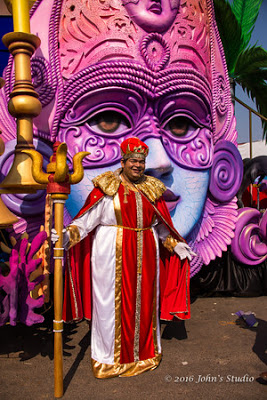
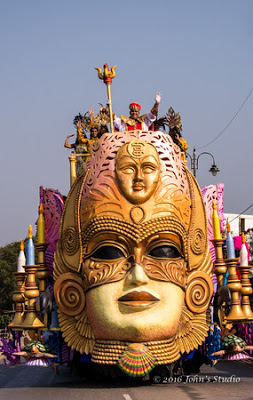
The most magnificent float is always the first one. Atop it is King Momo, the mythical king of revelry and chaos (what a fun job!) and he presides over all the festivities. King Momo, in his luxurious velvet cloak and gold crown is flanked with his entourage of pretty women and waves to enthusiastic cheers of “Viva Carnival.” He then reads aloud a decree proclaiming that his subjects can now enjoy three days of merrymaking.
In the olden days, people used to smear each other with eggs, fruits, flowers and other messy things. While some of them still do, it has majorly been replaced with coloured powders. Another interesting thing is that the parade is a subtle way for people to express sarcasm and criticize the government. Floats are used to raise voices against government policies in a comical manner known as Khell. This year, the burning issue of the government reclassifying the Coconut Tree as “grass” had many floats mocking the issue. Sadly, they were denied participation.
The floats wind their way through decorated streets, each one accompanied by a troupe of lively dancers and their own music. Spectators stand on either side of the, pushing and shoving for a good view and good photographs for the 4-5 hour long parade – which is why most of my pictures have someone’s head or hand blocking the view.
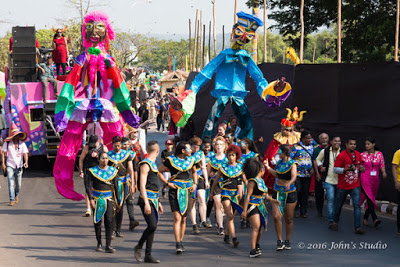
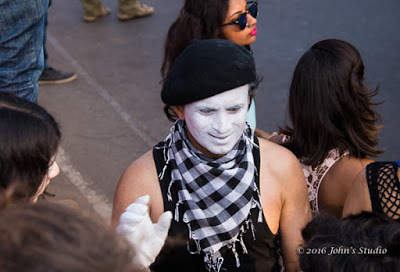
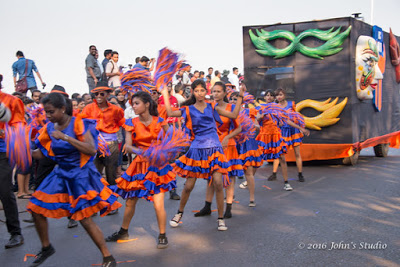
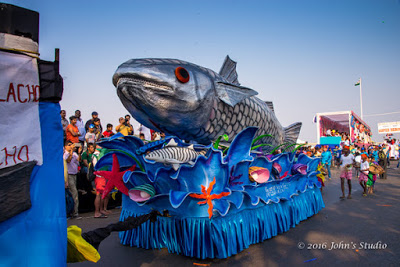
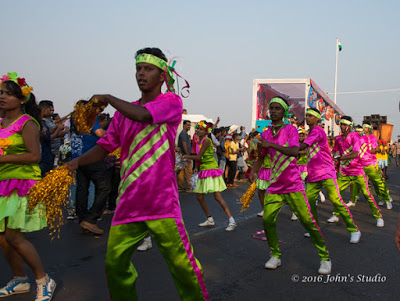
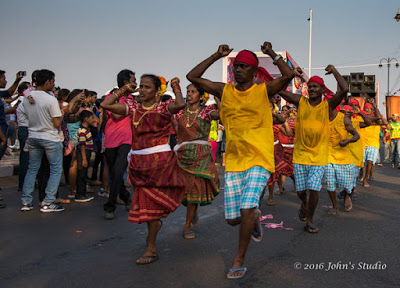
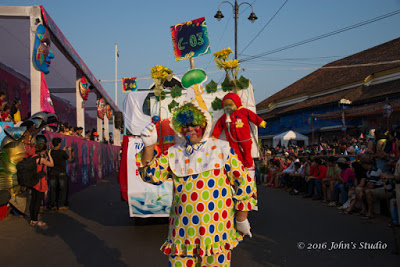
I once read that an old tradition called for people throwing old utensils out of the house as the Carnival procession passed by, forcing attendees to duck for cover. That would have been a funny sight!
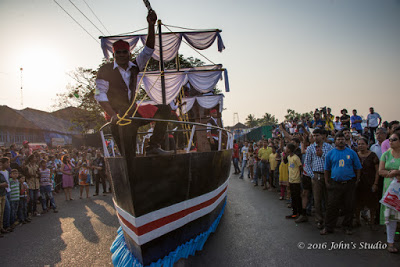
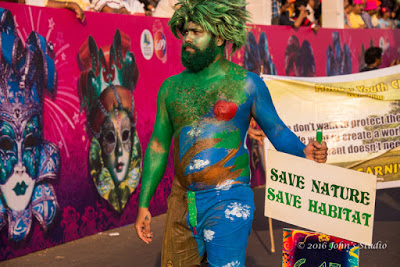
Among my favourite floats was a one of a Portuguese house, with a man and chubby old lady sitting in the balcao. The man, dressed in a black suit and tall hat would sip his tea while the lady would wave at random people in the crowd, mimicking what older Goan ladies do every day. A maid would dust the window and offer the couple some more tea. It was really cute!
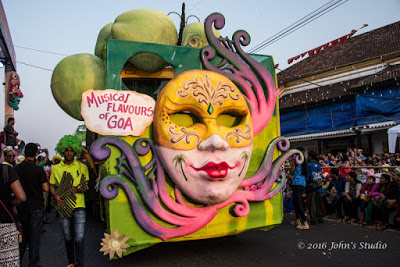
Yet another popular one was Minions – a ginormous Minion made entirely of waste plastic bottles sat on the float, while other minions mingled with the crowd, danced and posed for selfies. The amount of strength needed to walk and dance along the streets for four consecutive days is immense… I can never fathom how everyone manages to pull it off.
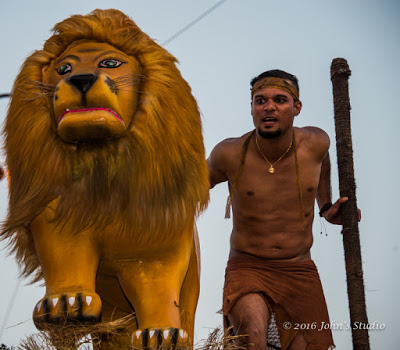
Judges of repute are bought from other states to watch the parade, rate floats and distribute prizes on the last day.
TGG Tips
- Extremely beautiful Carnival masks are sold on the footpath, and it’s a good idea to buy them after the parade for cheap!!
- Buy passes and sit on the stands erected along the street for a crowd-free experience and better pictures
- Go early to find a spot to park your vehicle or be prepared to park on one end and walk to the other end for a good place to stand.
P.S. The pictures in this blog post have been taken by my friend’s Dad, John D’souza (John’s Studio), from Canada. Kindly do not reproduce them without permission.
